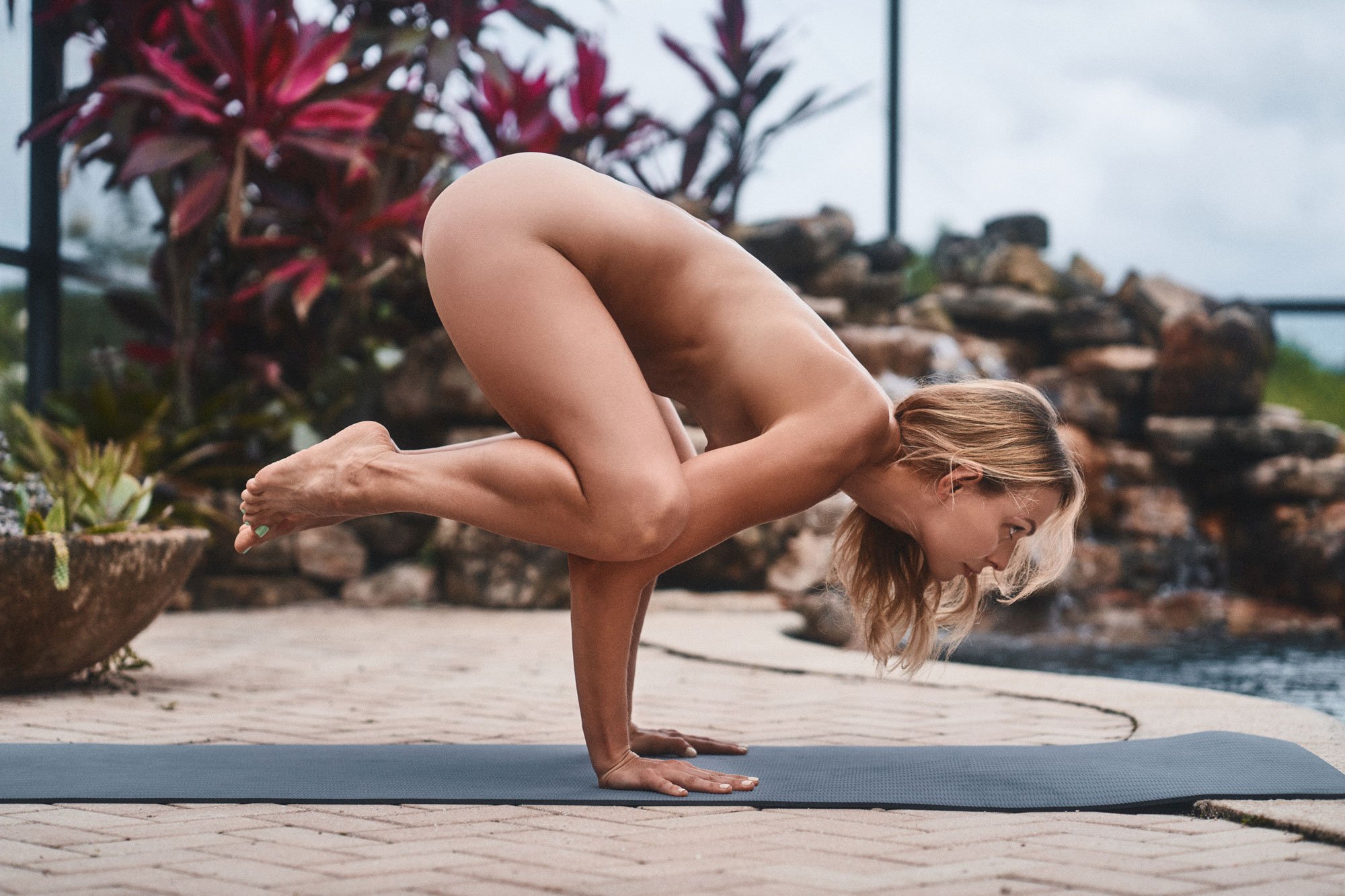Bird Dog Pose
Dandayamana Bharmanasana
Bird Dog Pose is both a beginner-friendly and multitasking pose that targets the glutes, core, and back while improving balance and posture.
Bird Dog Pose aka Dandayamana Bharmanasana is a foundational yoga and Pilates arm-balance exercise that enhances core strength, balance, and coordination. This pose involves extending one arm and the opposite leg while maintaining a stable and neutral spine, which effectively engages the muscles of the abdomen, lower back, and glutes. Bird Dog Pose is particularly beneficial for improving posture and spinal alignment, making it an excellent exercise for those with back pain or seeking to prevent it. Bird Dog Pose is frequently use in physical therapy programs due to its low-impact nature and effectiveness in building functional strength. Incorporating this pose into your routine can significantly enhance overall stability and body awareness.
Bird Dog Pose Steps
Step 1
Begin in a Cat-and-Cow position, hands stacked under your shoulders, knees stacked under your hips. Spread your fingers wide on the mat.
Step 2
On an inhale, extend your right arm forward and your left leg back, finding length in your spine and looking forward or down. You can keep your right foot tucked or untucked depending on what feels best to you.
Step 3
Keeping the left leg straight, see if you can reach your left heel up towards the sky, engaging your glutes. The right arm can reach forward or slightly up.
Step 4
Hold or pulse for a few seconds before placing your palm and knees back down and doing the other side.
Modifications
If you find yourself very unstable in this pose, try adjusting the distance between your bottom knee and hand to see if that helps.
If you still feel unstable, you can flex the back foot and keep the toes planted down instead of floating the leg for more balance. Similarly, you can keep both hands planted down instead of reaching forward.
If you find it difficult to get into this position on the ground, try creating the same shape with your body but bringing your supporting hand down onto the seat of a chair so that you can do this pose in a standing position.
If your knees hurt, you can place a folded blanket under your knees or roll up your yoga mat for extra cushion.
Benefits
• Strengthens glutes, core, and back
• Improves balance and concentration
Cautions
• Knee, wrist, ankle, or back injuries
• Balancing poses should be avoided during the 3rd trimester of pregnancy
• Balancing poses can be dangerous for senior citizens. Consider avoiding this pose or using a chair from a standing position as support.






